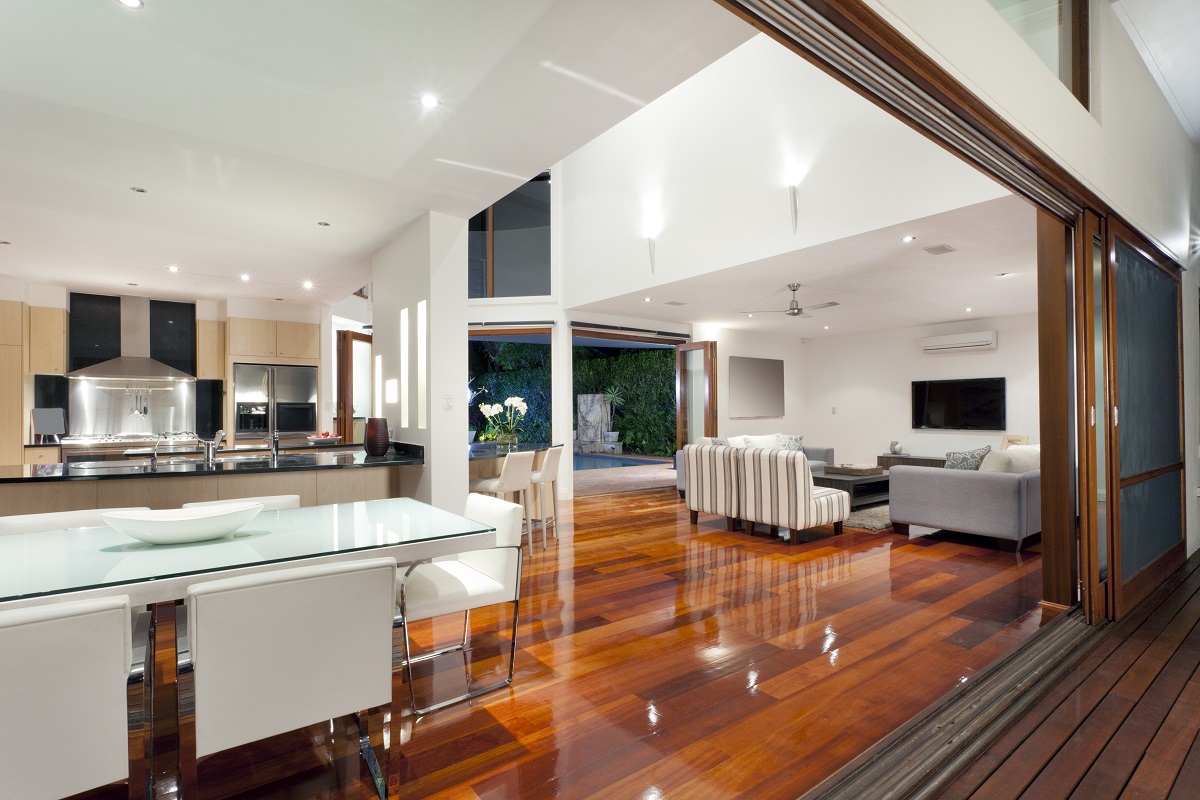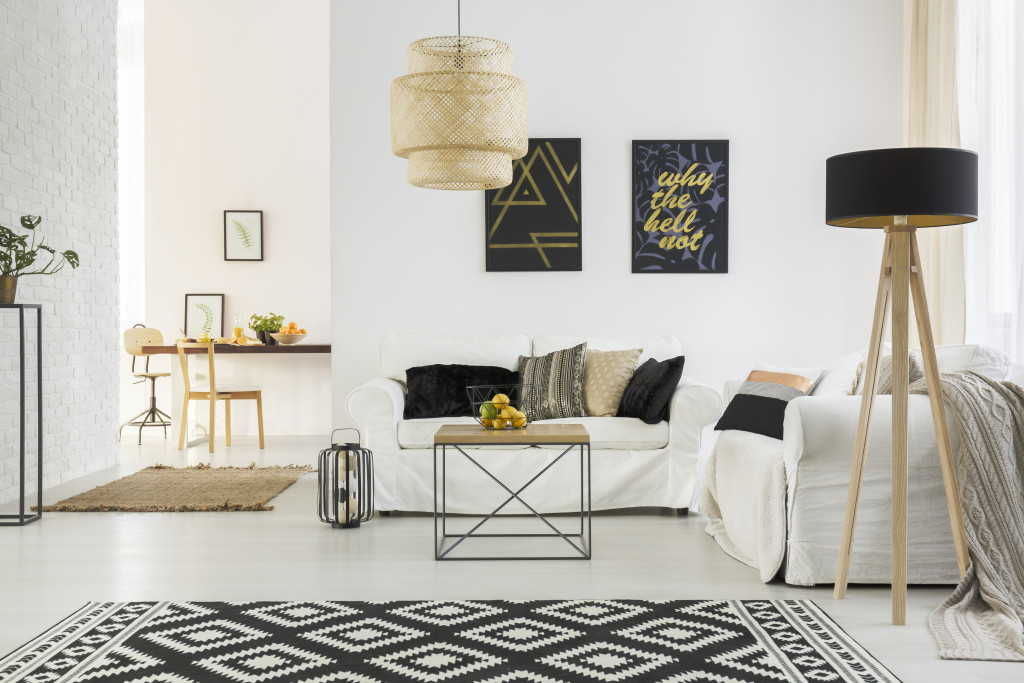- Moods, influenced by external factors, are significantly affected by your home environment, including color, lighting, and furniture.
- Color choices in your home can impact your emotional state—selecting complementary shades can foster relaxation and happiness.
- Proper lighting can balance wakefulness and relaxation; pairing natural and artificial light effectively reduces eye strain.
- Comfortable, ergonomic furniture and organized spaces can reduce anxiety, promote productivity, and enhance overall comfort.
- Incorporating natural elements like plants and tackling key areas for renovation, like the bedroom and living room, can improve mood.
When was the last time you thought about how your home affects your mood? Your home is where you feel most comfortable and relaxed, but it can also impact your mental state. The environment of your home can affect your mood in many ways, from colors to lighting, furniture to decor. Here’s what you need to know about mood, how your home affects your mood, and places to remodel to improve your mood.
What Are Moods?
First, it’s important to understand moods and how they can be affected. Moods are the emotional states that you experience throughout your day-to-day life. They range from happy and positive to sad, angry, or anxious. Your mood can also fluctuate depending on external factors such as stress, hormones, weather, and yes – your environment.
How Your Home Affects Your Mood
Your home is your haven, but it also reflects who you are and how you feel. Here’s a look into how your home can affect your mood:
1. Colors
Colors affect people’s moods differently, which is something to consider when designing your home. For example, bright colors can boost productivity, while brighter shades can create a calming environment. When choosing paint or accessories, consider which colors make you feel the most relaxed or happy. Try to choose shades that complement each other so they don’t clash and cause stress.

2. Lighting
The right lighting can also impact our mood. A well-lit room can make us feel more awake and alert, while dimmer lighting can create a sense of relaxation. You should aim for a healthy balance between natural and artificial light so you don’t strain your eyes. You could also invest in lamps with soft lighting or LED bulbs that simulate natural light to create a more comfortable atmosphere.
3. Furniture
Your furniture should be comfortable and support your posture. Research has shown sitting up straight and having good back support can promote productivity and reduce anxiety. Having a designated space for work or study can also help you feel more motivated. If you spend long hours at a desk, it’s worth investing in an ergonomic chair that provides adequate support to improve your mood and comfort.
4. Organization
A cluttered and disorganized living space can affect your mood negatively. The mess can create anxiety, stress, and distraction. A clean and minimalistic space, on the other hand, can reduce these negative emotions and distractions. Take some time to declutter your home and create a system that helps you keep everything in order. For instance, perhaps you can initiate a 10-minute sweep of your living space daily to keep things in order.
5. Nature
Incorporating plants and natural elements into your home can benefit your physical and mental health. Studies have shown that greenery can help lower blood pressure, reduce anxiety, and improve indoor air quality. Try to incorporate So, adding some potted plants or even a wall garden can provide you a moment of calm in your day-to-day activity.
Places in Your Home to Remodel for a Better Mood
If you’re looking to improve your mood through home renovations, here are some key areas to focus on:
1. Bedroom
Your bedroom should be your sanctuary, where you can relax and unwind at the end of the day. Consider painting your walls in calming colors like blues or greens, and invest in soft, comfortable bedding. You could add plants or a diffuser with essential oils to promote relaxation.
2. Bathroom
The bathroom is another important place in your home to improve your mood. Consider adding soft lighting, such as a dimmer switch, for a more relaxing atmosphere. You could also invest in scented candles or bath bombs to create a spa-like experience. Adding a plant or two can also add a touch of nature to the space.
3. Home Office
If you work from home, your home office should be designed with both productivity and mood in mind. Consider adding plants for improved air quality and natural lighting to boost energy levels. You could also personalize the space with photos or artwork that makes you happy and motivated.

4. Living Room
Lastly, the living room is where you spend a lot of time with family and friends, so it’s important to create a comfortable and welcoming atmosphere. Soft lighting, cozy furniture, and warm colors can all contribute to a positive mood in this space. You could also add personal touches like photos or artwork that bring you joy. Additionally, it’s important to pick high-quality living room furniture as it can determine your comfort and relaxation levels. Choose ones that are comfortable to lounge on and support your posture.
So, the next time you’re feeling stressed or down, look around your home and see if any changes can improve your mood. With some simple adjustments to colors, lighting, furniture, and organization, you can create a more positive and calming environment for yourself. Your home should be a place that promotes happiness and well-being, so don’t underestimate the impact it can have on your mood. So, take some time to create a space that truly makes you feel at ease.

